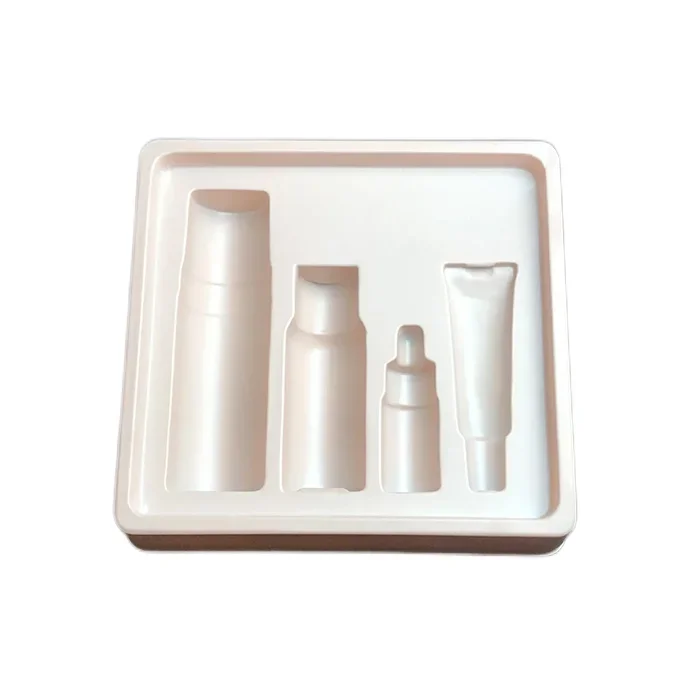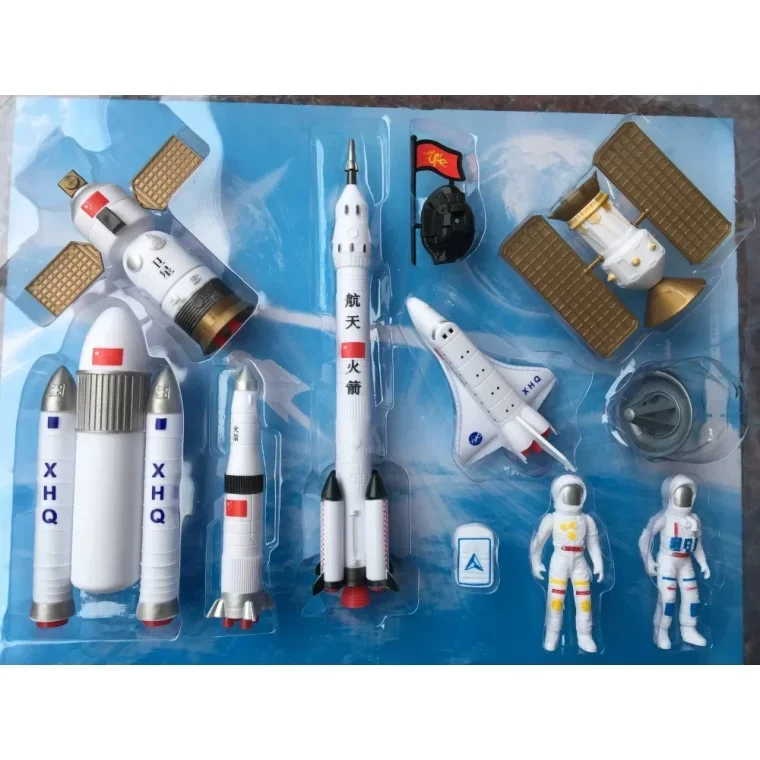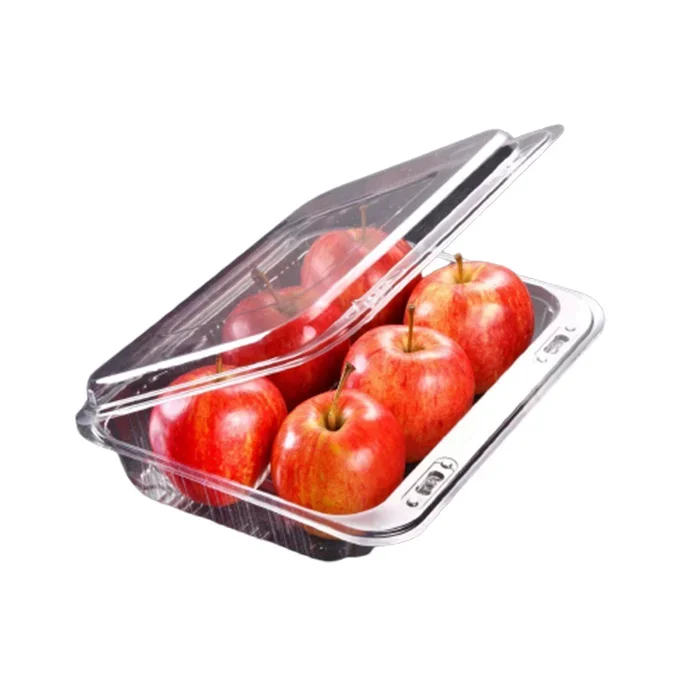Packaging plays a crucial role in the daily chemical products industry, ensuring the protection, preservation, and presentation of various products such as cosmetics, cleaning agents, and personal care items. Selecting the right packaging for these products is essential to maintain product integrity, meet consumer demands, and comply with industry regulations. In this article, we will explore the factors to consider when choosing the right packaging for daily chemical products.
1.Product Compatibility
The first and foremost factor to consider when choosing packaging for daily chemical products is product compatibility. Different chemicals and formulations may react with certain packaging materials, leading to contamination or degradation of the product. It is essential to assess the compatibility of the product with the packaging material to ensure the safety and quality of the product. For example, certain chemicals may require packaging made from specific plastics, glass, or metal to prevent chemical reactions or leaching.

2.Product Visibility and Appeal
Packaging serves as a powerful marketing tool, attracting consumers and conveying the brand message. For daily chemical products, visibility and appeal are crucial factors to consider. Transparent packaging allows consumers to see the product, its color, texture, and other visual aspects. This is particularly important for cosmetics and personal care items, where consumers rely on visual cues to make purchasing decisions. Additionally, attractive and visually appealing packaging designs can differentiate a product from competitors and create a positive brand image.
3.Functionality and Convenience
The functionality and convenience of packaging are vital considerations for daily chemical products. Packaging should be easy to open, close, and dispense the product. Users should be able to access the desired amount of product without spillage or wastage. For instance, pumps or sprayers are commonly used in packaging for liquid products such as lotions or cleaning agents, providing controlled dispensing and minimizing product loss. Convenience features such as flip-top caps, squeeze tubes, or resealable packaging options enhance user experience and satisfaction.
4.Safety and Security
Daily chemical products, especially those used for personal care or household cleaning, should be packaged in a way that ensures safety and security. Child-resistant packaging is essential for products that may pose a risk to children if accidentally ingested, such as cleaning agents or certain cosmetics. Tamper-evident packaging provides consumers with the assurance that the product has not been tampered with or contaminated. Safety seals, induction seals, or shrink bands are effective methods to prevent tampering and maintain product integrity.

5.Environmental Impact
In recent years, the focus on sustainable and environmentally friendly packaging has grown significantly. Consumers are increasingly conscious of the environmental impact of packaging materials and prefer products that are packaged in recyclable or biodegradable materials. When choosing packaging for daily chemical products, it is important to consider eco-friendly options such as paperboard, glass, or bio-based plastics. Additionally, lightweight packaging materials reduce transportation costs and minimize carbon emissions.
6.Regulatory Compliance
The daily chemical products industry is subject to various regulations and standards regarding packaging and labeling. It is essential to ensure that the chosen packaging complies with relevant regulations and guidelines. This includes considerations such as proper labeling of ingredients, warnings, and usage instructions. Packaging materials should also meet specific requirements for contact with chemicals or personal care products. Compliance with these regulations not only ensures consumer safety but also avoids potential legal issues and reputational damage.
7.Cost and Efficiency
Cost and efficiency are important factors to consider when choosing packaging for daily chemical products. Balancing cost-effectiveness with product quality and market demands is crucial. Packaging that is excessively expensive may result in higher product prices, potentially affecting consumer demand. Conversely, low-quality packaging may compromise product integrity and negatively impact brand reputation. Manufacturers should assess the cost of packaging materials, production processes, and transportation to determine the most efficient and cost-effective packaging solution without compromising product quality.

Conclusion
Choosing the right packaging for daily chemical products requires careful consideration of various factors. Product compatibility, visibility, functionality, safety, environmental impact, regulatory compliance, and cost-efficiency are all vital considerations. By selecting the appropriate packaging, manufacturers can ensure the protection and preservation of their products, enhance consumer appeal, and comply with industry regulations. Packaging serves as a vital link between manufacturers and consumers, and making informed decisions in packaging selection is crucial for success in the competitive daily chemical products market.